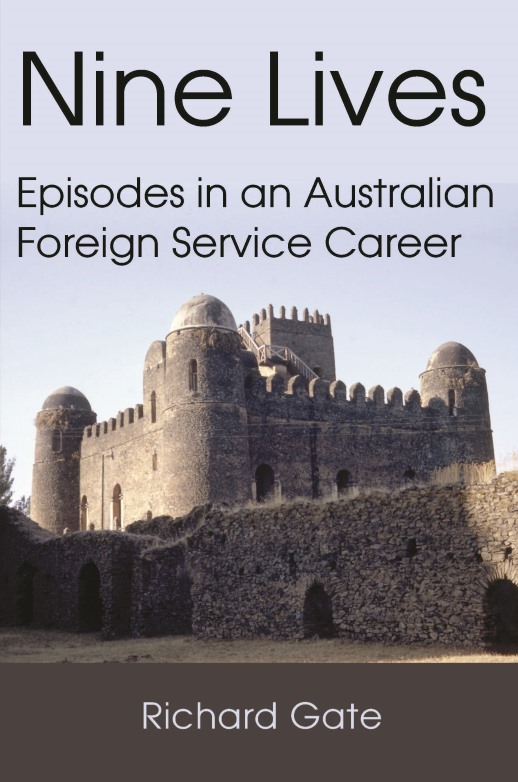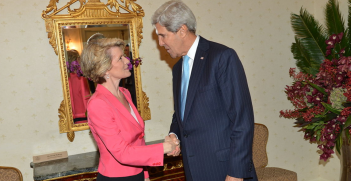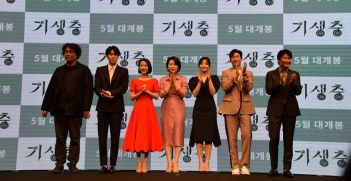Book Review: “Nine Lives: Episodes in an Australian Foreign Service Career” by Richard Gate

Richard Gate’s memoirs are a fascinating overview of his overseas postings presented in an episodic fashion. From his upbringing to his posting in post-war South Korea, this book is a realistic portrayal of diplomacy and foreign policy.
Richard Gate joined the Department of Foreign Affairs (then External Affairs) in 1956. In this book he reviews his nine overseas postings, three as Head of Mission in Burma, Jordan and Bangladesh. He was also the Australian Government Representative in Nauru, opened our High Commission in Kenya, was Deputy High Commissioner in New Zealand, and served in important positions in our posts in Israel and Italy. His first overseas posting was as Australia’s Alternate Representative to the United Nations Commission for the Unification and Rehabilitation of Korea (“UNCURK”), beginning in 1958.
His memoirs therefore cover a wide range of countries in which our interests varied greatly in both extent and nature, and a time when Australian foreign policy was developing and taking on its current shape. As he says, when he joined the Department of Foreign Affairs “there was no doubt that Asia was the main focus of Australian diplomacy…Australian leaders knew…that we could not turn our eyes away from Asia, ignore developments there, and continue to rely on links with Europe and America…Our priority during the 1950s was to win acceptance of Australia in the region so that we could become a serious partner in efforts to improve conditions in South-East Asia.”
Although Gate never served in an American post, because of his father’s work with the former Department of Trade and Customs he did most of his secondary schooling in the United States, in New York. This was an excellent vantage point from which to observe world events and the United States’ role in them. In many of his postings he had close and valuable relations with American colleagues – including, in Korea, Marshall Green, later US Ambassador to both Indonesia and Australia.
But more relevantly, in terms of the priorities set out above, his career began and ended in Asia, in Korea and Bangladesh respectively. Notably, his postings in both countries took in changes of government brought about by manifestations of “people power” or, as he describes them, by revolutions – which convinced him that “it is not true that Asians do not want democracy,” though authoritarian governments may last for some time.
Gate’s book is valuable (and entertaining) from several perspectives. One is the formative historical period it covers. Another is the glimpses of and insights into some of the leading figures of Australian diplomacy of the period that it contains, such as Gough Whitlam and Sir Paul Hasluck, as well as detailed descriptions of legendary, and idiosyncratic, diplomats such as John Hood and Walter Crocker, Gate’s Heads of Mission in Tel Aviv and Nairobi respectively. Yet another is the comments he makes on, and the many examples which the book contains, on what diplomatic work is actually made up of – the different forms of activity a diplomatic mission carries out, from consular work to promoting trade to running an aid program to reporting on and trying to influence the outcome of a political crisis. His book also gives many examples of an aspect of diplomatic work that clearly was his forte; he valued and absorbed personal relationships with people from all walks of life, and all positions in society, in the countries to which he was accredited. The former Chief Justice of Burma, U Myint Thein, or “Uncle Monty,” is just one such example.
Gate also notes how diplomatic posts can vary in significance, for both the sending and receiving country. For example, in his final chapter he notes that the post he probably enjoyed least was Jordan, essentially because of “the thinness of our relations with that country and…the dismissive attitude of (its) government towards foreign representatives.” On the other hand, in Burma, where the embassy administered a significant aid program, he found that the Burmans “had a refreshing directness and frankness in dealing with foreigners that made them comparatively easy to associate with.” Like the Koreans, he found the Burmese easily became friends.
Gate’s first post, to South Korea – before its economy took off but at a time when its government and institutions were absolutely in flux – was clearly absorbing, as is his account of it. For a young Australian diplomat like Gate, a posting to UNCURK in 1958 at the age of 26 was a marvellous initiation into the more “political” aspects of foreign service life. South Korea’s economy was basically subsistence then, barely existent in terms of international trade; Gate recalls that its total exports in 1959 amounted to no more than US $19 million. But it was at the intersection of the democratic and communist worlds.
Although UNCURK’s activities were by this time much diminished from its original mission of overseeing the re-unification of the country, Gate notes that that objective was still held by authorities in both the North – “march South” – and the South – “march North”, to such an extent that the United States deliberately kept the South Korean army on low supplies of petrol, to prevent a Southern invasion of the North! But Gate notes, “one could never be sure that war would not break out at any minute.”
In these contested circumstances, UNCURK’s role became limited essentially to two tasks – one to write an annual report to the UN on the “Development of Representative Government in Korea”, with an emphasis on human rights, and the other to observe “elections of national scope” – in effect in South Korea, there being none in the North. With this diminished role came a reduction in the numbers of active members of UNCURK, in practice to Australia, the Philippines, Thailand and Turkey. But even this reduced role put UNCURK squarely up against the realities of South Korean internal politics, which were very fraught. Syngman Rhee, the founding President of the Republic of Korea, was determined to retain his position, to the extent that he totally ignored his Vice-President, who was from the main opposition party, and had the leader of another opposition party executed.
Attention focused on the March 1960 Presidential and Vice-Presidential elections. UNCURK became convinced that the government was preparing a massive election fraud, and reported it. Regardless, the elections were held and the fraudulent results announced, with Rhee winning overwhelmingly. Students and others demonstrated around the country. During these protests in Seoul, on 19 April, Gate was able to witness, and photograph, police firing on and killing or wounding hundreds of demonstrators. But, amazingly enough, the martial law commander, a general appointed to suppress the demonstrations, proved sympathetic to the students and their associates, leading to a situation where Rhee concluded he had no choice but to resign. On 27 April he was driven into exile, passing Gate who was standing on the main street. As he said, “It was interesting to experience a revolution in my first post.”
I have written at some length about Gate’s fascinating experiences in Korea. Space does not permit me to write at the same length about his other “Eight Lives,” but it does allow me to thoroughly recommend this book as an excellent memoir by a perceptive observer of an important period in Australia’s diplomatic history; as an account of interactions with a wide variety of countries, societies and individuals; and as a realistic portrayal of the actual work of diplomacy and diplomats in furthering a country’s foreign policy and interests.
Geoffrey Miller AO FAIIA is a former Australian diplomat and government official.
This article is published under a Creative Commons Licence and may be republished with attribution.





